Basic rules for breeding zebrafish
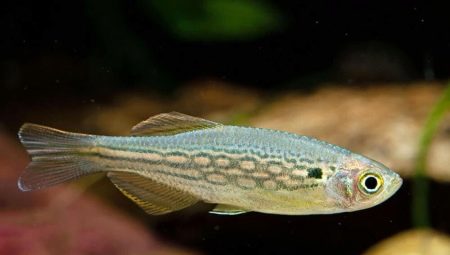
The zebrafish is a species of carp. They are deservedly popular with aquarists, and this is not surprising, since they do not require special care, actively give birth to offspring and feel good in the aquarium. In natural conditions, zebrafish are common in South Asia.

Features and varieties
In order to create comfortable living conditions for the fish, it is necessary to place them in an aquarium with a volume of more than 10 liters. It is best if it has an elongated shape, since zebrafish are very mobile and require freedom of movement. Ideally, if you place 7-8 individuals together, as the fish are schooling.
Make sure that the water is always fresh. To do this, it will be enough to update it by 15 percent weekly.
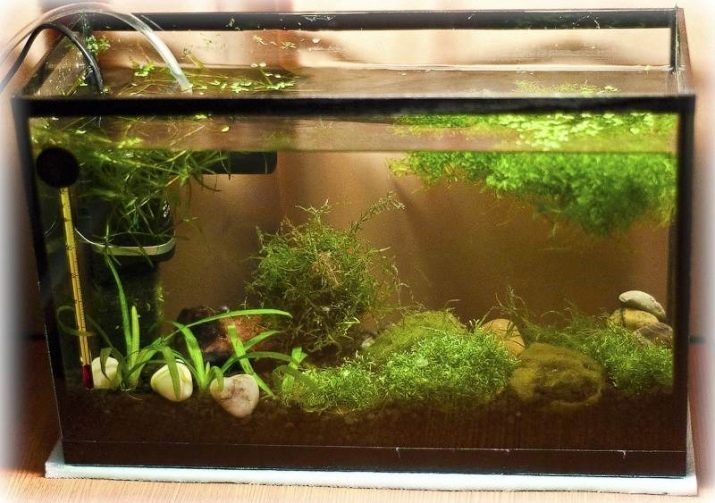
Danio can be called omnivores. It is necessary to monitor mainly the size of the feed, it should not be very large. In order for the fish to actively reproduce, they need live food. Bloodworms or daphnia are perfect. Individuals mature, reaching the age of 5-8 months.
Danio can also be bred at home. The main species that are common in our country are rerio, pink, orange fin, leopard, dangila and hopra. Let's consider their differences in more detail.
- The type of rerio is also called a zebra. It has stripes of blue and yellow on its body and can grow up to 7 centimeters in length. It was on their basis that zebrafish glo were bred, characterized by a fluorescent glow.
- Pink zebrafish measure up to 6 centimeters. They are able to feel comfortable in a common aquarium. Leopard is slightly smaller, up to 5 centimeters, and are distinguished by a characteristic spotted color.
- Orange fin zebrafish take their name according to the shade of the fins.
- The smallest fish are hopra. They grow only up to 3 centimeters.
- One of the largest is dangila. They can be up to 10 centimeters.
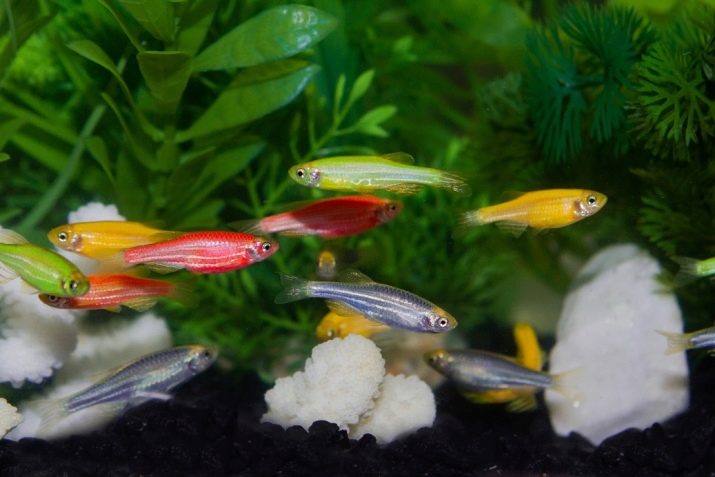
Differences in varieties are manifested mainly externally. They all behave similarly and have the same needs. Therefore, you can breed such fish using the universal instructions.
How to tell the difference between a male and a female?
Differences between fry are very difficult to find, but they become less similar with age. As for the males, their size is more modest than that of the opposite sex. Boys have bright and rich colors, especially in the case of fins. Girls are less slender, have a round belly.
The swollen abdomen of the female is considered to be ready for reproduction. During this period, pheromones are released, to which the male reacts. Males are also able to secrete pheromones. Individuals of both sexes should be combined in one container for 8 hours.
The zebrafish is sexually mature at the age of 5-9 months. Females become about 2.5 centimeters long, males may be slightly smaller.

Where to spawn
In order to carry out spawning, 2 options are offered. The aquarist should choose the most preferred one.
The first of these is when the fish are kept in a common aquarium. The container should be equipped with shelters and plants should be placed there. However, these precautions do not always save the offspring from being eaten by congeners.
A spawning ground may be the way out... It is usually a container with a volume of 20 to 40 liters.
A special mesh is laid at the bottom through which caviar will fall down. It is necessary to ensure that the edges of the net fit snugly against the walls of the aquarium - this will protect the eggs, since the fish will not be able to reach them.
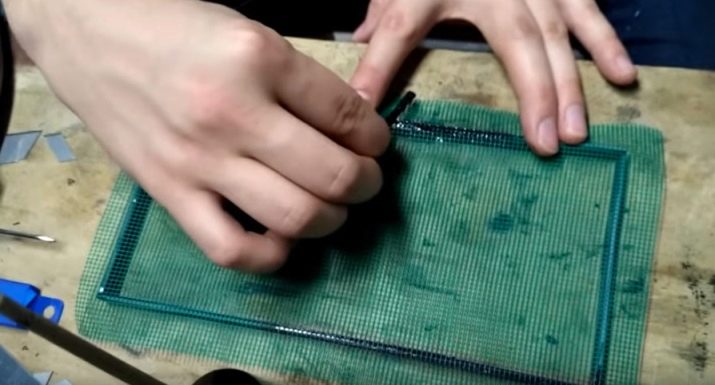
You can replace the mesh with spawning soil. Some aquarists also use balls that are more than a centimeter in diameter. These measures allow the eggs to get lost and fry appear in the future.
Spawning preparation tips
Place both sexes in different aquariums before spawning. It is worth watching the food that the fish eat. It must be of high quality. Bloodworms or daphnia are best.
The significantly rounded abdomen of the female signals that she is ready to spawn. The most comfortable conditions for this process are:
- water temperature, which in summer should be from 20 to 25, and in winter from 17 to 22 degrees;
- acidity at a level of 6 to 7.5 pH;
- hardness no more than 10 hD.
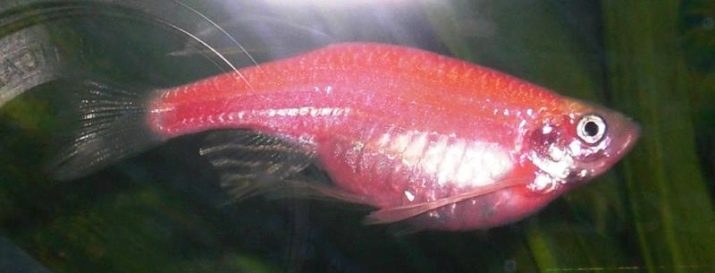
The fluid must be oxygenated. This can be achieved by placing a growing medium on the bottom of the aquarium. Its role can be played, for example, by a cuckoo or a pinnate. After a couple of weeks, the zebrafish are placed in a spawning ground. The group must be more than 5 individuals.
It is also useful to provide shelter for females. It can be a variety of plants, ranging from long-stemmed and ending with mosses. A fern or hornwort is fine.
Spawning process
Fish that are ready for breeding and hatching of eggs need to be transplanted under certain conditions in order to exclude the occurrence of a stressful situation. It is necessary to turn off the light and carry out the process in the evening. Under the right conditions, spawning will begin in the morning. Sometimes you will need to wait 1-2 days, during which you should not feed the zebrafish. In some cases, when the process is delayed, after 2 days, you can add some feed.
If the wait drags on, the females are placed back in the communal tank for another couple of weeks.
During the dropping of eggs, the male chases the female. The water level should be about 10 centimeters.

How to care for caviar?
Caviar also needs some care. It should be borne in mind that it is very delicate and can die as a result of infection or fungus. Therefore, you should follow the safety measures.
- The water container should be shaded.
- A little finely ground erythromycin is added to the water, or a couple of drops of iodine are added to disinfect the liquid.
- The first signs of the presence of a fungus are the whitening of the eggs 2-4 hours after their appearance. Such eggs must be removed with tweezers, otherwise the rest will die.
- Fluid change should be daily, and water should be renewed by 10-25 percent. You should not mix liquids of different temperatures.
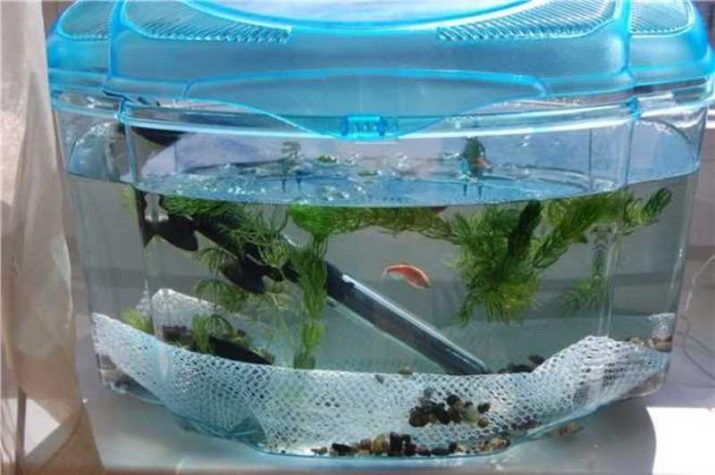
How to care for fry?
The larvae that appear at first behave calmly. They sit on surfaces and do not move. Nutrition takes place with the help of the yolk sac, which will dissolve on its own in 5-6 days.
This will force the fry to start searching for food, and accordingly, to be active.
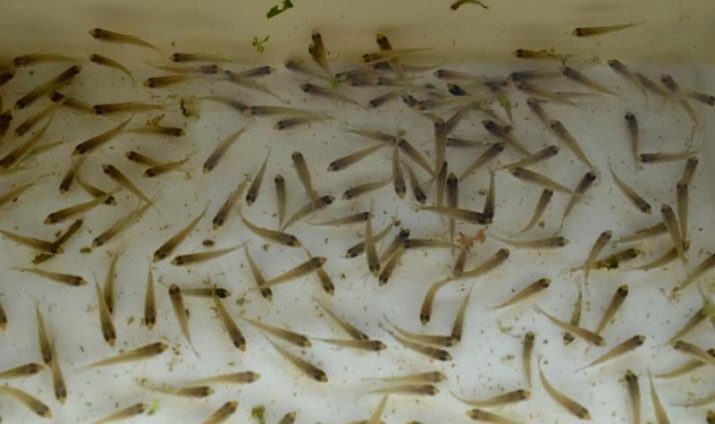
The first time they need liquid food. Specialty foods can be purchased at the pet store. The ciliates are at the heart, the feed is only an additional food.
It should be noted that fry can grow very quickly. To move to a common aquarium, they must reach a length of 1.5 centimeters. After a month and a half, they grow to 24 millimeters.
Repetition of spawning
The second spawning should take place 1-1.5 weeks after the first. This is an important condition, since otherwise the eggs are capable of overripe, respectively, the fry will not appear. If the female does not get rid of such eggs, she can get sick. In natural habitat, 5-6 spawns in a row for fish of this species is the norm.

The restless behavior of the female when moving to the spawning ground indicates that the eggs are immature or overripe. The individual can rush and even hide from the male. In this case, help is needed.
Dropping overripe eggs is a very crucial moment. It is necessary to perform all manipulations carefully so as not to injure the female. Help is expressed in the following:
- the fish is wrapped in wet cotton wool and squeezed between the fingers;
- with the other hand, the caviar is carefully squeezed out of it.
Is there a difference in breeding between species?
Breeding some species of zebrafish has its own nuances. For example, pink individuals will need a separate aquarium. Wherein there should be 2 males per female.

Spawning in the leopard species lasts for 2 months. All this time, males and females are together, remaining faithful. In gold zebrafish, pairs can add up for life.
Regardless of the variety, it must be borne in mind that if the female starts spawning in the general aquarium, she can be planted in the process. Simulated rain promotes breeding. The main thing is to be patient, to do everything as correctly and accurately as possible, then breeding zebrafish will not cause much trouble.
For information on how to breed zebrafish correctly, see the next video.








